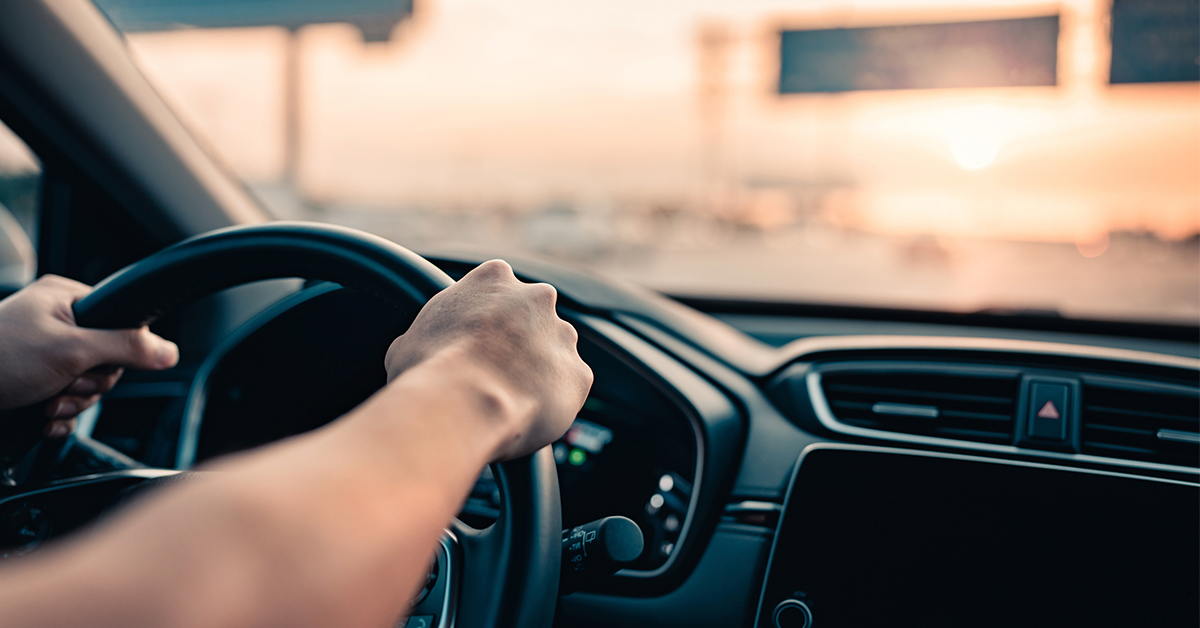Auto Coverage Considerations for 2023
February 16, 2023

In an effort to keep you up-to-date on new and important auto coverages, we are sharing the top trending additional coverages, along with when and why you may want to consider adding them to your auto policy for 2023.
Most standard auto policies include 5 basic coverages:
- Auto Liability Insurance (both Bodily Injury and Property Damage)
- Uninsured and Underinsured Motorist
- Comprehensive Coverage
- Collision Coverage
- PIP or Medical Payments
Your team at Robertson Ryan will help you put the right coverages in place when they write your auto insurance, but over time your needs may change, and contacting your insurance agent to update those changes isn’t always top-of-mind. Here are some optional and often essential additional coverages you can consider adding to your auto policy, if you haven’t already:
GAP Coverage
Since a new car’s value drops significantly the minute it’s driven off the lot, if you are involved in an accident that totals your vehicle in the first few years you own your vehicle, you may find yourself owing the finance company or lease company more than the vehicle’s actual value.
Guaranteed Asset Protection, or what is known as GAP insurance, is an optional coverage that helps transfer the financial risk if you are involved in an auto accident and you owe more for your vehicle than the amount that it’s worth at the time of the accident. To alleviate the “upside-down” situation, GAP coverage can be added to your auto policy. GAP coverage becomes even more essential when you’re leasing a vehicle, as there is little cash put down to lease the vehicle, and in a total loss scenario, you will owe the difference between what you paid and what you owe on the balance of the lease. Learn more about GAP Coverage.
Rental Reimbursement and Towing Coverage
One of the last things you want to worry about after a car accident, is how you’re going to get around without your car and how you’re going to pay for other transportation. Since an automobile policy does not automatically cover the cost of a replacement rental car after an accident, rental reimbursement coverage is an inexpensive insurance option that can help when you need it most.
Rental reimbursement coverage can be added to your auto policy for only a few extra dollars a month. Coverage is subject to a daily and accident limit. For example, a $30 per day/$900 per accident rental reimbursement limit is quite common, but check with your Robertson Ryan Team as daily rental rates have been on the rise, and some carriers have acknowledged that increase by providing optional higher limits for the coverage. Towing and Road-side Service is an additional coverage option that is also inexpensive and priceless in the event of an unexpected mishap, and will provide emergency roadside assistance from a network of towing, road service and locksmith professionals.
New Auto Replacement Cost Coverage
Did you know a new car depreciates 11% as soon as you leave the lot? If your car is totaled in an accident, most auto insurers will only cover you for the depreciated value of your vehicle. With new auto replacement cost coverage on your policy, if your car is 2 years old or newer (age may differ by carrier), you would be covered for the amount you would need to get a brand new car. Replacement Cost Coverage is only offered by a handful of carriers right now, so reach out to your RRA team to see if available from your carrier.
Full Glass Coverage
Full glass coverage is an optional coverage in most states, and adds glass breakage without being subject to a deductible. When your windshield is damaged, it is covered under your comprehensive coverage, subject to that coverage deductible, which can be upwards of $500. This then raises the question, do I file the claim or not, as the total cost to repair the windshield may be less than your deductible. Some states have laws in place requiring insurers to provide automatic full glass coverage for those who purchase comprehensive coverage. Those zero deductible states include FL, KY and SC. Other states aren’t required to automatically provide it, but must legally offer it as an option, including AZ, CT, MA, MN and NY. Other states offer the zero deductible glass option, or full glass coverage, as an add-on coverage, which can potentially save you a lot of deductibles!
OEM Parts Coverage
OEM Parts Coverage, or Original Equipment Manufacturer Coverage, is additional car coverage you can purchase that helps ensure aftermarket parts will not be used when repairs are made to your vehicle. When your vehicle is damaged in an accident, having OEM coverage assures that new OEM products that were originally designed and engineered to fit the make and model of your car are used for the repair. Not all carriers offer this coverage, so check with your Robertson Ryan team to see how your carrier handles repair.
Non-owner Auto Insurance
If you do not own a car, but frequently borrow other people’s cars, rent cars or use a car-sharing service, non-owner auto insurance offers you coverage if you cause an accident. This type of insurance covers you for damage you cause to someone else’s car in an accident, and liability for injuries to the occupants of the other car or to pedestrians. You should also consider the coverage if you do not currently own a car, but will in the future. Having continuous insurance coverage will help keep your premiums low when you get a new car and purchase a policy for it.
If you are not sure what coverages you have, or want to discuss any of the additional coverages, please reach out to your Robertson Ryan Team